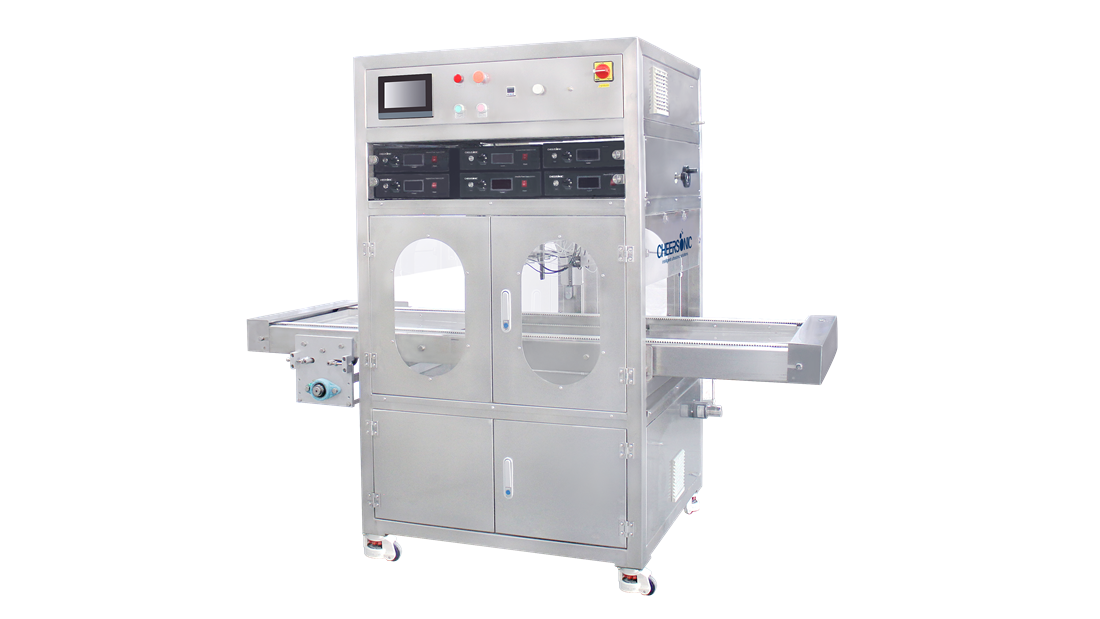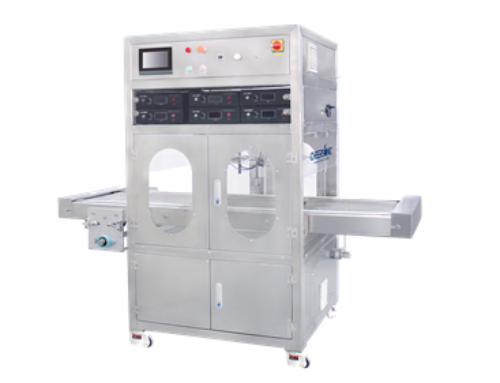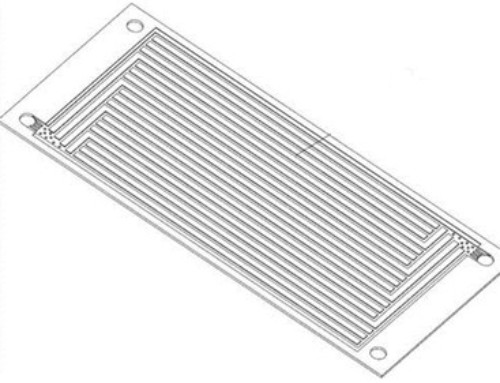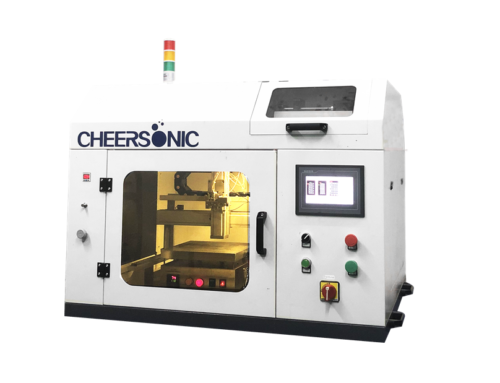Project Description
Fuel Cell Catalyst
The catalyst is the core component of the proton exchange membrane fuel cell, which is the anode catalyst and the cathode catalyst. The catalytic reaction of the anode catalyst inside is a hydrogenation reaction, and the catalytic reaction of the cathode is an oxygen reduction reaction. The hydrogen oxidation reaction undergoes a two-electron reaction, while the oxygen reduction reaction undergoes a four-electron reaction. The oxygen reduction reaction undergoes many and complex electron transfer steps, resulting in its slow reaction kinetics, which restricts the speed of the entire reaction. Among the fuel cell catalysts that have been developed, platinum has the highest efficiency. However, platinum is a precious metal with low output and high price, which increases the cost of fuel cells. Secondly, platinum has relatively low chemical stability and is used in the catalytic process. It is easily affected by other toxic chemicals, resulting in reduced catalytic efficiency. Scientists are also constantly looking for alternative non-precious metal catalysts to reduce the cost of fuel cells and extend their service life. At present, the development of high-activity, high-stability, low-cost, low-platinum, and even platinum-free redox catalyst materials is an important topic in fuel cell research.
The catalytic reaction takes place on the surface of the catalyst, so to ensure its catalytic effect, the surface area of the catalyst must be increased. The catalyst is usually composed of nanoparticles in the range of 1-20 nm. The use of surface doping technology can evenly distribute platinum atoms on the surface of the catalyst nanostructure to form a core-shell structure similar to that of the catalyst, thereby reducing the amount of platinum. In the process of gradually reducing the loading of platinum, when the particle size of the platinum is controlled to the single-atom level on the experimental surface, the single atom of platinum can be fixed to the carbon support, nickel metal support, or even metal oxide and metal in the form of chemical bonds. Hydroxide, thereby exposing platinum atoms as much as possible to minimize the amount of platinum, while achieving high platinum catalyst performance.
About Cheersonic
Cheersonic is the leading developer and manufacturer of ultrasonic coating systems for applying precise, thin film coatings to protect, strengthen or smooth surfaces on parts and components for the microelectronics/electronics, alternative energy, medical and industrial markets, including specialized glass applications in construction and automotive.
The Company’s solutions are environmentally-friendly, efficient and highly reliable, and enable dramatic reductions in overspray, savings in raw material, water and energy usage and provide improved process repeatability, transfer efficiency, high uniformity and reduced emissions.
Cheersonic’s growth strategy is focused on leveraging its innovative technologies, proprietary know-how, unique talent and experience, and global reach to further develop thin film coating technologies that enable better outcomes for its customers’ products and processes. For further information, visit https://www.cheersonic-liquid.cn/en/.





